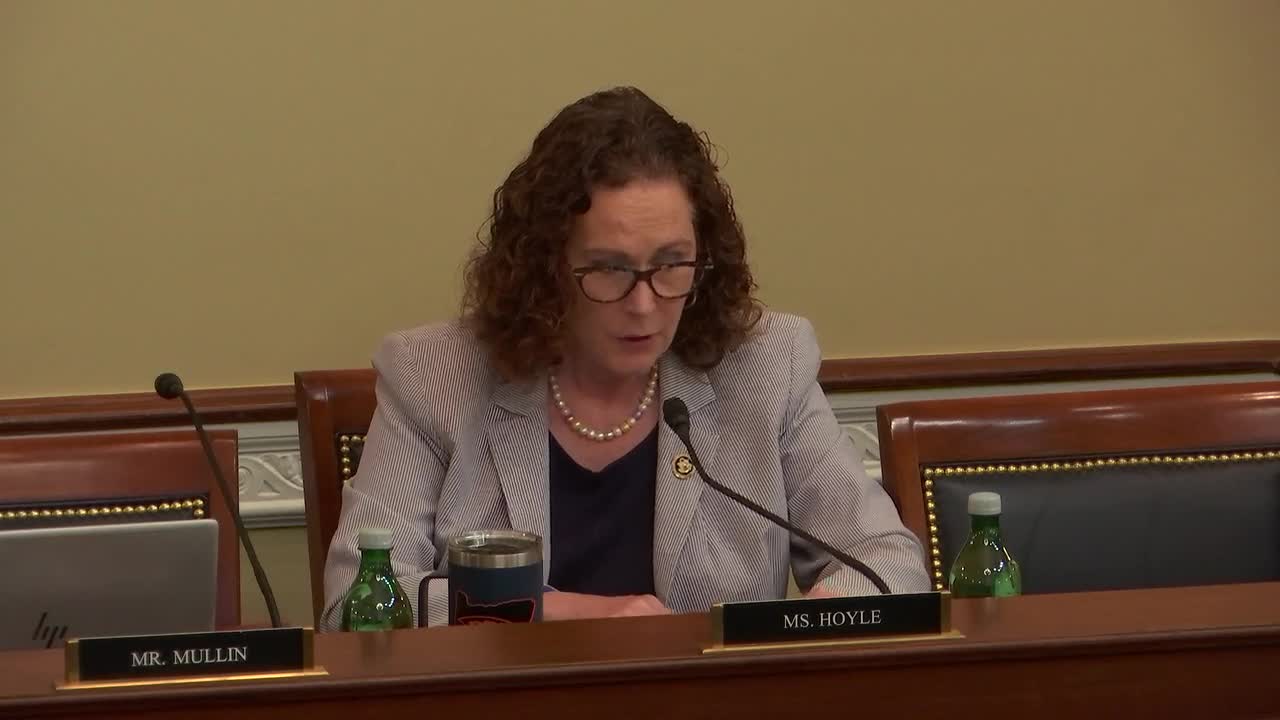Bipartisan amendment aims to tackle wildfire crisis
June 26, 2024 | Natural Resources: House Committee, Standing Committees - House & Senate, Congressional Hearings Compilation

This article was created by AI summarizing key points discussed. AI makes mistakes, so for full details and context, please refer to the video of the full meeting. Please report any errors so we can fix them. Report an error »

In a recent government meeting, lawmakers discussed critical amendments aimed at enhancing forest management and wildfire resilience through two key federal programs: the Joint Chiefs Landscape Restoration Partnership Program and the Collaborative Forest Landscape Restoration Program (CFLRP). These initiatives foster collaboration between the Forest Service, the Natural Resource Conservation Service (NRCS), local communities, and tribes to implement large-scale conservation and restoration projects.
Representative Hoyle's amendment, which garnered bipartisan support, seeks to reauthorize and improve these programs, emphasizing their importance in addressing the escalating wildfire crisis. Since its inception in 2014, the Joint Chiefs program has facilitated 134 projects across 42 states, while the CFLRP has restored over 5.7 million acres of forest land and improved thousands of miles of trails and roads.
During the discussions, lawmakers highlighted the necessity of adequate funding for these initiatives, noting that financial resources are crucial for effective forest restoration and wildfire management. The amendment also proposes to expand the eligible activities under the Joint Chiefs program to include recovery from wildfires and enhancement of soil and water resources.
In addition to reauthorizing these programs, Hoyle's amendment aims to strike a controversial provision regarding a 10,000-acre categorical exclusion for fire sheds, which has raised concerns among some lawmakers about its potential implications. The amendment calls for a report from the Forest Service to assess the effectiveness of current categorical exclusions and whether adjustments are warranted.
As the meeting concluded, the amendment was adopted, reflecting a collective commitment to improving forest health and resilience through collaborative efforts and informed policy adjustments. Lawmakers expressed optimism that these enhancements would pave the way for more effective management of the nation’s forests and better preparedness for future wildfire challenges.
Representative Hoyle's amendment, which garnered bipartisan support, seeks to reauthorize and improve these programs, emphasizing their importance in addressing the escalating wildfire crisis. Since its inception in 2014, the Joint Chiefs program has facilitated 134 projects across 42 states, while the CFLRP has restored over 5.7 million acres of forest land and improved thousands of miles of trails and roads.
During the discussions, lawmakers highlighted the necessity of adequate funding for these initiatives, noting that financial resources are crucial for effective forest restoration and wildfire management. The amendment also proposes to expand the eligible activities under the Joint Chiefs program to include recovery from wildfires and enhancement of soil and water resources.
In addition to reauthorizing these programs, Hoyle's amendment aims to strike a controversial provision regarding a 10,000-acre categorical exclusion for fire sheds, which has raised concerns among some lawmakers about its potential implications. The amendment calls for a report from the Forest Service to assess the effectiveness of current categorical exclusions and whether adjustments are warranted.
As the meeting concluded, the amendment was adopted, reflecting a collective commitment to improving forest health and resilience through collaborative efforts and informed policy adjustments. Lawmakers expressed optimism that these enhancements would pave the way for more effective management of the nation’s forests and better preparedness for future wildfire challenges.
View full meeting
This article is based on a recent meeting—watch the full video and explore the complete transcript for deeper insights into the discussion.
View full meeting